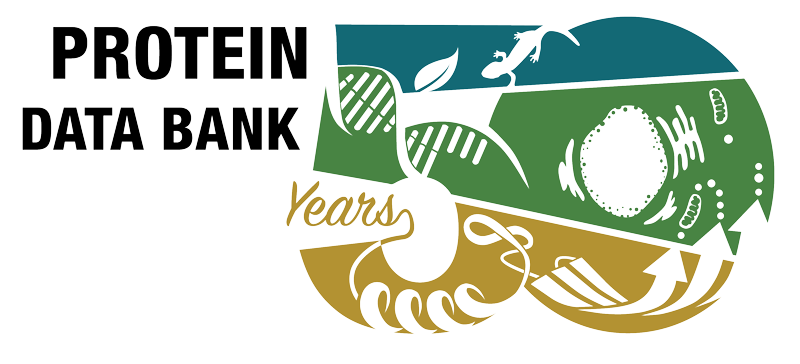Reviews - 2bhn mentioned but not cited (1)
- DNA repair gets physical: mapping an XPA-binding site on ERCC1. Croteau DL, Peng Y, Van Houten B. DNA Repair (Amst) 7 819-826 (2008)
Articles - 2bhn mentioned but not cited (3)
Reviews citing this publication (19)
- Making and breaking nucleic acids: two-Mg2+-ion catalysis and substrate specificity. Yang W, Lee JY, Nowotny M. Mol Cell 22 5-13 (2006)
- Nucleases: diversity of structure, function and mechanism. Yang W. Q Rev Biophys 44 1-93 (2011)
- Structural and functional relationships of the XPF/MUS81 family of proteins. Ciccia A, McDonald N, West SC. Annu Rev Biochem 77 259-287 (2008)
- Current status of excision repair cross complementing-group 1 (ERCC1) in cancer. Gossage L, Madhusudan S. Cancer Treat Rev 33 565-577 (2007)
- DNA repair endonuclease ERCC1-XPF as a novel therapeutic target to overcome chemoresistance in cancer therapy. McNeil EM, Melton DW. Nucleic Acids Res 40 9990-10004 (2012)
- Regulation of endonuclease activity in human nucleotide excision repair. Fagbemi AF, Orelli B, Schärer OD. DNA Repair (Amst) 10 722-729 (2011)
- Archaeal DNA replication and repair. Kelman Z, White MF. Curr Opin Microbiol 8 669-676 (2005)
- SUMO-mediated regulation of DNA damage repair and responses. Sarangi P, Zhao X. Trends Biochem Sci 40 233-242 (2015)
- The protein shuffle. Sequential interactions among components of the human nucleotide excision repair pathway. Park CJ, Choi BS. FEBS J 273 1600-1608 (2006)
- Resilience of biochemical activity in protein domains in the face of structural divergence. Zhang D, Iyer LM, Burroughs AM, Aravind L. Curr Opin Struct Biol 26 92-103 (2014)
- Function and Interactions of ERCC1-XPF in DNA Damage Response. Faridounnia M, Folkers GE, Boelens R. Molecules 23 E3205 (2018)
- DNA repair in hyperthermophilic and hyperradioresistant microorganisms. Ishino Y, Narumi I. Curr Opin Microbiol 25 103-112 (2015)
- Overview of xeroderma pigmentosum proteins architecture, mutations and post-translational modifications. Feltes BC, Bonatto D. Mutat Res Rev Mutat Res 763 306-320 (2015)
- Structure-Specific Endonucleases and the Resolution of Chromosome Underreplication. Falquet B, Rass U. Genes (Basel) 10 E232 (2019)
- ERCC1: impact in multimodality treatment of upper gastrointestinal cancer. Metzger R, Bollschweiler E, Hölscher AH, Warnecke-Eberz U. Future Oncol 6 1735-1749 (2010)
- Alkyltransferase-like proteins: molecular switches between DNA repair pathways. Tubbs JL, Tainer JA. Cell Mol Life Sci 67 3749-3762 (2010)
- FAN1, a DNA Repair Nuclease, as a Modifier of Repeat Expansion Disorders. Deshmukh AL, Porro A, Mohiuddin M, Lanni S, Panigrahi GB, Caron MC, Masson JY, Sartori AA, Pearson CE. J Huntingtons Dis 10 95-122 (2021)
- Structure and mechanism of nucleases regulated by SLX4. Nowotny M, Gaur V. Curr Opin Struct Biol 36 97-105 (2016)
- Mechanism of action of nucleotide excision repair machinery. D'Souza A, Blee AM, Chazin WJ. Biochem Soc Trans 50 375-386 (2022)



 PMID:
PMID: 